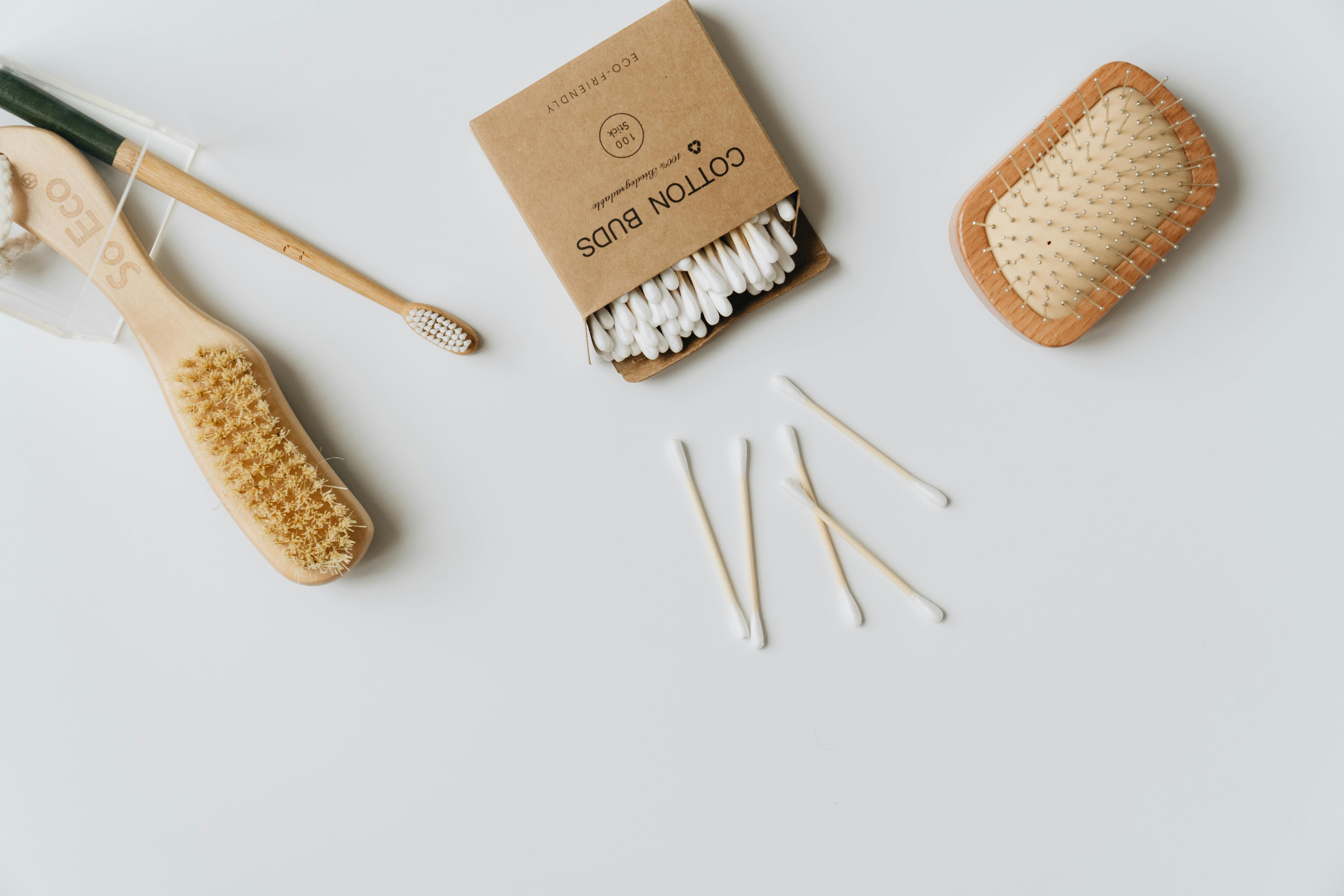
Apply Now


Understanding Chafing and Its Common Causes
Chafing is a common issue faced by athletes and fitness enthusiasts. It refers to skin irritation caused by friction between skin surfaces or between skin and clothing, especially during physical activities like running, cycling, or even intense workouts. As we move into 2025, addressing this discomfort has become more crucial than ever due to the increased popularity of outdoor sports and workouts. Understanding the underlying causes of chafing can help us develop effective strategies to prevent it. The primary causes of chafing include moisture, improper clothing fit, and rough fabrics. Sweat and humidity create an environment conducive to friction, leading to skin irritation. Additionally, tightly fitting clothing can exacerbate the problem by restricting movement and increasing friction in sensitive areas, especially in the thighs and armpits. It's essential to recognize these factors in developing ways to prevent chafing during activities and ensuring a comfortable workout experience. Moreover, specific activities and body types can contribute to chafing severity. For example, longer runs mean increased friction and sweat build-up, making runners particularly susceptible to chafing. Identifying these risks is the first step in developing effective chafing prevention strategies tailored to individual needs.Tips for Chafing in Humid Weather
Humidity is a notorious contributor to chafing discomfort. When temperatures rise and humidity levels spike, sweat production increases, creating a slippery environment between skin surfaces. To combat this, wearing moisture-wicking clothing can effectively reduce moisture retention and lower the likelihood of chafing. Opt for fabric blends designed for high performance, keeping skin dry and minimizing friction. Another practical approach is to apply anti-chafing products. Creams, balms, and sprays specifically formulated to reduce friction can be life-savers during high-intensity workouts. Choosing the right anti-chafing spray or cream can mitigate the impacts of sweat and movement in sensitive areas. Always remember, prevention is key—investing in quality clothing and products tailored to your needs can significantly improve your workout comfort. For those prone to chafing, it is also essential to remain vigilant about personal hygiene. Regularly cleaning and drying the areas prone to chafing can dramatically reduce irritation. Maintaining skin health helps create a barrier against friction and contributes to overall athletic comfort.Best Practices to Prevent Chafing
Using effective chafing prevention strategies can drastically enhance your workout experience. Simple adjustments can lead to significant improvements in comfort and performance.Choosing the Right Fabrics for Workouts
Selecting the best fabrics is crucial in minimizing chafing. Avoid cotton, which retains moisture and increases friction. Instead, opt for breathable, moisture-wicking fabrics designed specifically for athletic wear. Look for materials like polyester, nylon, and spandex that aid in moisture management, keeping your skin dry and reducing friction. Moreover, layering can also offer additional protection. Wearing base layers made from technical fabrics helps wick moisture away from your body, while outer layers can reduce direct skin-to-skin contact. This approach is particularly effective for athletes engaging in long-distance runs and intense training sessions where prolonged friction is common. Incorporating proper clothing fit is fundamental as well. Ensure that your workout clothing isn’t overly tight or too loose, as both extremes can lead to increased friction. A well-fitting outfit provides essential comfort during physical activity.Anti-Chafing Products: A Comprehensive Overview
In today's market, there is an array of anti-chafing products designed to soothe and protect your skin. These range from creams and balms to sprays and wipes. The key is to find which products best suit your body and workout regime. Creams and balms often provide a thicker layer of protection and are ideal for long runs or activities that induce excessive sweating. On the other hand, sprays offer a quick application and may be more convenient for those needing to refresh or reapply during workouts. Consider checking the ingredient list for skin-friendly options. Products containing natural oils or silicone create a protective barrier without clogging pores, allowing skin to breathe while preventing irritation.Chafing Treatment Options
Despite your best efforts, chafing can still occur. Understanding how to treat chafed skin effectively is essential for maintaining skin health and overall comfort during your fitness journey.Soothing Chafed Skin
First and foremost, it’s crucial to address any chafing promptly to prevent worsening irritation and infection. Begin by cleaning the affected area gently with soap and water to remove any sweat and bacteria. Following this, a soothing ointment or cream can help relieve discomfort and promote healing. Aloe vera, for instance, can provide significant relief due to its natural anti-inflammatory properties. Another effective treatment option involves the use of anti-chafing balms that contain ingredients aimed at reducing inflammation. These should be applied generously to the affected areas and left to absorb thoroughly. Rest and recovery are equally important in dealing with chafing. Allocated rest days from certain exercises can allow your skin to heal and avoid further irritation. When resuming activities, ensure to apply protective products and wear breathable clothing to prevent future incidents.Following Up with Proper Care
Once the immediate discomfort has been addressed, it’s essential to incorporate preventive measures to avoid future occurrences. Regularly assess your workout clothing for wear and tear, which may increase the likelihood of chafing. Clothing that has lost its moisture-wicking properties should be replaced. Additionally, foster good hydration habits, as staying well-hydrated contributes positively to skin health. Hydrated skin is less prone to irritation, thus effectively reducing the chances of chafing.Common Chafing Solutions for Athletes
Athletes face unique challenges regarding chafing, especially when participating in high-intensity activities.Personal Grooming for Athletes
Grooming plays a significant role in skin maintenance. For athletes, this may involve trims or shaving in areas prone to chafing, as this can significantly reduce friction. Many runners and cyclists find that keeping their legs or underarms hair-free can help minimize chafing during workouts. In addition to grooming, skincare routines tailored to athletic needs can aid recovery and prevention. Applying moisturizers with ingredients like shea butter or coconut oil can help keep skin supple and reduce the risk of friction damage.Chafing During Extended Workouts
Extended workouts present unique challenges for athletes, leading to an increased risk of skin irritation. For longer runs or biking sessions, apply anti-chafing products before starting your workout and reapply as needed. Investing in chafing prevention gear, like specialized shorts or shirts, can significantly improve comfort. Moreover, frequent breaks to assess any potential chafing signs can be helpful. If irritation is noted early, adapting or adjusting clothing can prevent significant issues later in a workout session.Frequently Asked Questions on Chafing Prevention
What are some effective ways to prevent chafing during workouts?
Utilizing moisture-wicking clothing, applying anti-chafing products, and maintaining proper hygiene are key methods to prevent chafing during workouts.How can I treat skin irritation from chafing quickly?
Clean the affected area, apply soothing ointments like aloe vera, and rest the skin to promote recovery.Are there specific fabrics that can help avoid chafing?
Yes, fabrics like polyester and spandex are ideal for reducing chafing. Cotton should be avoided as it retains moisture.How do weather conditions affect chafing during exercise?
Humidity and heat increase sweat production, leading to higher friction levels. Wearing appropriate fabrics and using preventive products can help mitigate these effects.What are some common areas prone to chafing?
Chafing commonly occurs in the thighs, underarms, and feet, particularly during running and cycling. It’s advisable to apply preventative measures in these areas.
